Home>Gardening & Outdoor>Pool & Spa Care>What Should The Temperature Of A Hot Tub Be
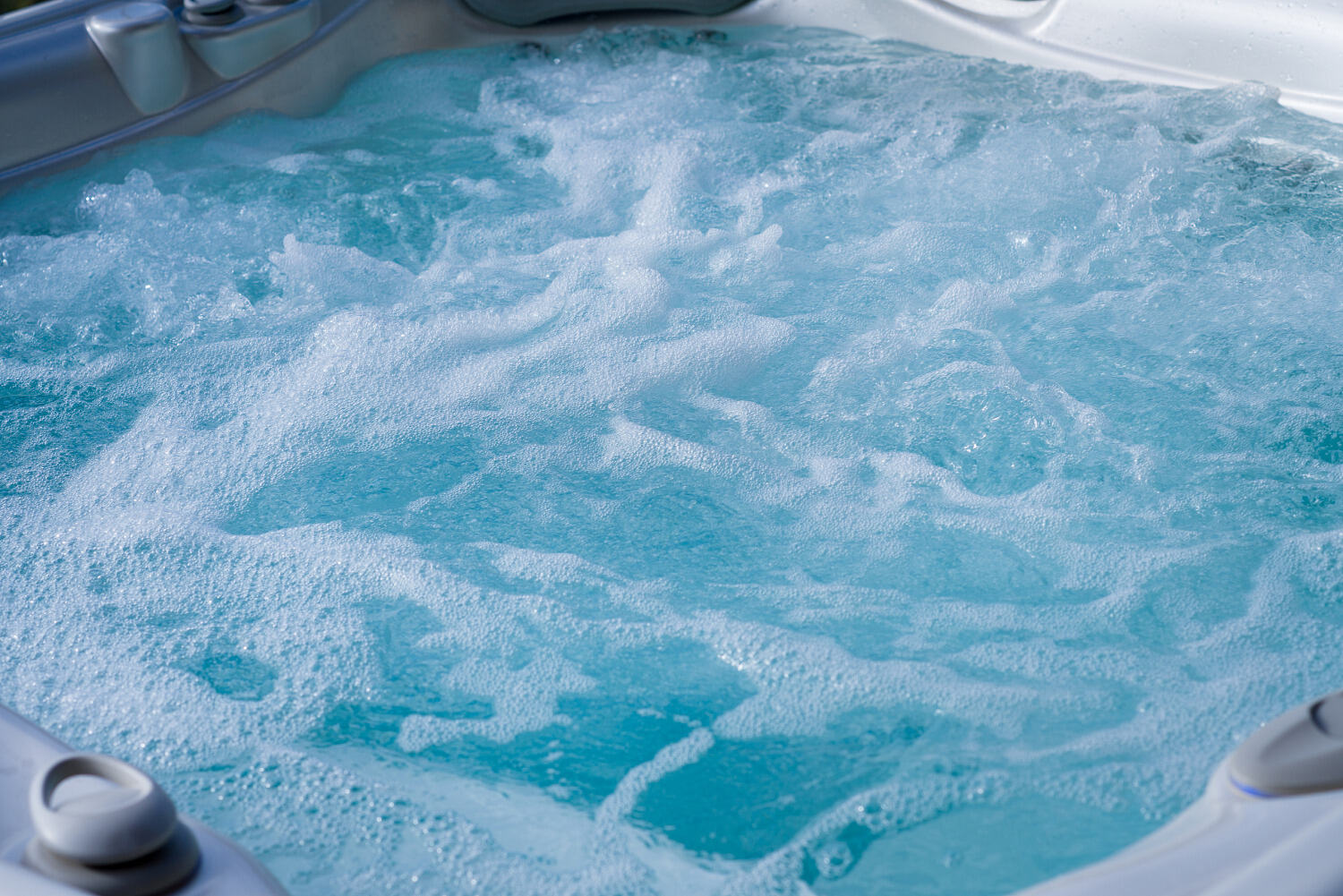

Pool & Spa Care
What Should The Temperature Of A Hot Tub Be
Modified: March 25, 2024
Find out the ideal hot tub temperature for a relaxing and safe experience. Get expert tips for pool and spa care.
(Many of the links in this article redirect to a specific reviewed product. Your purchase of these products through affiliate links helps to generate commission for Storables.com, at no extra cost. Learn more)
Introduction
Welcome to the world of luxurious relaxation and hydrotherapy – the realm of hot tubs and spas. Whether you’ve recently acquired a hot tub or you’re considering investing in one, maintaining the ideal temperature is crucial for maximizing your enjoyment and reaping the therapeutic benefits. In this comprehensive guide, we’ll delve into the factors to consider when setting the temperature, the ideal temperature range, and the essential health and safety considerations.
Picture this: after a long day, you step into your backyard oasis, where the warm, bubbling water envelops you, melting away the day’s stress and tension. As you unwind in the soothing embrace of the hot tub, the cares of the world seem to fade into the steam rising around you. Whether you’re seeking relief from muscle aches, stress reduction, or simply a serene escape, maintaining the perfect hot tub temperature is the key to a blissful experience.
But what exactly is the perfect temperature for a hot tub? What factors should you consider when adjusting the thermostat? How does the temperature impact your health and safety? Join us as we explore the answers to these questions and unlock the secrets to achieving the ultimate hot tub experience.
Key Takeaways:
- Find the perfect hot tub temperature between 100°F to 102°F for a relaxing and therapeutic experience. Consider health, climate, and personal preferences for a blissful soak.
- Prioritize safety by maintaining water quality, staying hydrated, and monitoring temperature. Keep sessions to 15-30 minutes and supervise children and elderly for a secure hot tub experience.
Factors to Consider
When determining the ideal temperature for your hot tub, several factors come into play. Understanding these considerations will help you make informed decisions and optimize your hot tub experience.
- Season and Climate: The ambient temperature and weather conditions in your region play a significant role in setting the hot tub temperature. During colder months, you may prefer a higher water temperature to counteract the chill, while a slightly lower temperature might be more comfortable in warmer weather.
- Personal Preference: Each individual has unique preferences when it comes to hot tub temperatures. Some people enjoy the invigorating sensation of hotter water, while others prefer a more moderate temperature for relaxation. Consider the preferences of all hot tub users to find a suitable middle ground.
- Health Considerations: Certain health conditions or medications may impact your body’s tolerance to heat. It’s essential to consult with a healthcare professional to determine the safe and suitable temperature for individuals with specific health concerns.
- Hydrotherapy Goals: If you utilize your hot tub for hydrotherapy purposes, such as alleviating muscle soreness or improving circulation, the recommended temperature may vary based on the therapeutic benefits you seek.
- Energy Efficiency: Maintaining a lower temperature when the hot tub is not in use can contribute to energy savings. If you plan to use the hot tub infrequently, adjusting the temperature accordingly can help conserve energy and reduce operational costs.
- Manufacturer’s Recommendations: Refer to the manufacturer’s guidelines for your specific hot tub model. They often provide recommended temperature ranges based on the design and features of the hot tub.
By taking these factors into account, you can tailor the hot tub temperature to suit your preferences, promote relaxation, and ensure a safe and enjoyable experience for all users.
Ideal Temperature Range
Discovering the perfect temperature range for your hot tub is akin to finding the sweet spot for relaxation and rejuvenation. While personal preferences and individual comfort levels play a significant role, there are general guidelines to consider when setting the ideal hot tub temperature.
The standard recommendation for hot tub temperatures typically falls within the range of 100°F to 102°F (37.8°C to 38.9°C). This range provides a delightful balance between warmth and comfort, allowing most individuals to unwind and experience the therapeutic benefits of hydrotherapy.
Here’s a closer look at the temperature range and its potential effects:
- Lower Temperature (98°F to 100°F): If you prefer a more moderate warmth, setting your hot tub within this range can still provide relaxation and comfort without feeling overly hot. It’s also a suitable option for individuals who may be more sensitive to higher temperatures due to health considerations.
- Standard Range (100°F to 102°F): Falling within this range is often considered the ideal sweet spot for most hot tub users. The water feels comfortably warm, promoting relaxation and offering relief from muscle tension, stress, and fatigue.
- Higher Temperature (102°F to 104°F): For those who enjoy a hotter soak, setting the temperature in this range can provide a more invigorating experience. However, it’s crucial to be mindful of the potential risks of prolonged exposure to higher temperatures, especially for individuals with certain health conditions.
It’s important to note that the ideal temperature range may vary based on individual preferences, health considerations, and the specific therapeutic goals of hot tub users. Therefore, it’s advisable to adjust the temperature within the recommended range to accommodate various needs and ensure a safe and enjoyable experience for all.
By understanding the ideal temperature range and its potential effects, you can fine-tune your hot tub settings to create a soothing and rejuvenating environment that caters to your individual preferences and promotes overall well-being.
The recommended temperature for a hot tub is between 100-104°F. This temperature is warm enough to relax your muscles, but not too hot to cause discomfort or overheating. Always check with a healthcare professional before using a hot tub, especially if you have any health concerns.
Health and Safety Considerations
While indulging in the warmth and relaxation of a hot tub is undeniably appealing, it’s crucial to prioritize health and safety when setting and maintaining the water temperature. By being mindful of certain considerations, you can ensure a safe and enjoyable hot tub experience for yourself and your guests.
Here are some essential health and safety considerations to keep in mind:
- Hygiene and Water Quality: Proper maintenance of your hot tub’s water quality is paramount. Regularly test and balance the chemical levels to prevent the growth of bacteria and maintain optimal water clarity. Additionally, ensure that the hot tub’s filtration system is functioning effectively to promote clean and sanitary water.
- Dehydration and Hydration: Prolonged soaking in a hot tub, especially at higher temperatures, can lead to dehydration. It’s essential to stay hydrated by drinking water before, during, and after hot tub use. Encourage guests to do the same to prevent potential dehydration-related issues.
- Health Conditions and Medications: Individuals with certain health conditions, such as cardiovascular issues, diabetes, or pregnancy, should consult with a healthcare professional before using a hot tub. Similarly, certain medications can affect the body’s response to heat, so it’s crucial to be aware of any potential risks and limitations.
- Safe Soaking Duration: Limiting the duration of hot tub sessions is advisable to prevent overheating and potential health risks. A recommended soaking time of 15-30 minutes is generally considered safe for most individuals, especially at standard hot tub temperatures.
- Temperature Monitoring: Use a reliable thermometer to monitor the hot tub’s water temperature regularly. This ensures that the water remains within the safe and comfortable range, minimizing the risk of overheating or discomfort.
- Children and Elderly Supervision: Extra caution should be exercised when children or elderly individuals use the hot tub. Their bodies may be more sensitive to temperature changes, so close supervision and adherence to safe temperature guidelines are essential.
By addressing these health and safety considerations, you can create a secure and welcoming hot tub environment for everyone to enjoy. Prioritizing proper maintenance, hydration, temperature monitoring, and individual health considerations fosters a culture of well-being and relaxation, ensuring that your hot tub remains a source of rejuvenation and comfort for years to come.
Conclusion
As we conclude our exploration of hot tub temperature management, it’s evident that finding the perfect balance between comfort, relaxation, and safety is essential for an enriching hot tub experience. By considering various factors such as climate, personal preferences, and health considerations, you can tailor the temperature to suit your individual needs and promote well-being.
The ideal temperature range of 100°F to 102°F provides a delightful balance, offering warmth and comfort while facilitating the therapeutic benefits of hydrotherapy. However, it’s crucial to remain mindful of the potential effects of higher temperatures and the importance of maintaining water quality and cleanliness to ensure a safe and enjoyable soaking experience.
Health and safety considerations play a pivotal role in fostering a secure hot tub environment. By adhering to proper maintenance practices, promoting hydration, monitoring temperature levels, and being aware of individual health factors, you can create a welcoming space for relaxation and rejuvenation.
Ultimately, the hot tub serves as a sanctuary for unwinding, relieving stress, and nurturing overall well-being. By embracing the art of temperature management and incorporating these essential considerations, you can transform your hot tub into a haven of tranquility, where the warm embrace of the water becomes a source of comfort and rejuvenation for you and your loved ones.
So, as you embark on your hot tub journey, may the perfect temperature, coupled with thoughtful health and safety practices, pave the way for countless moments of blissful relaxation and holistic rejuvenation in your personal oasis.
Frequently Asked Questions about What Should The Temperature Of A Hot Tub Be
Was this page helpful?
At Storables.com, we guarantee accurate and reliable information. Our content, validated by Expert Board Contributors, is crafted following stringent Editorial Policies. We're committed to providing you with well-researched, expert-backed insights for all your informational needs.
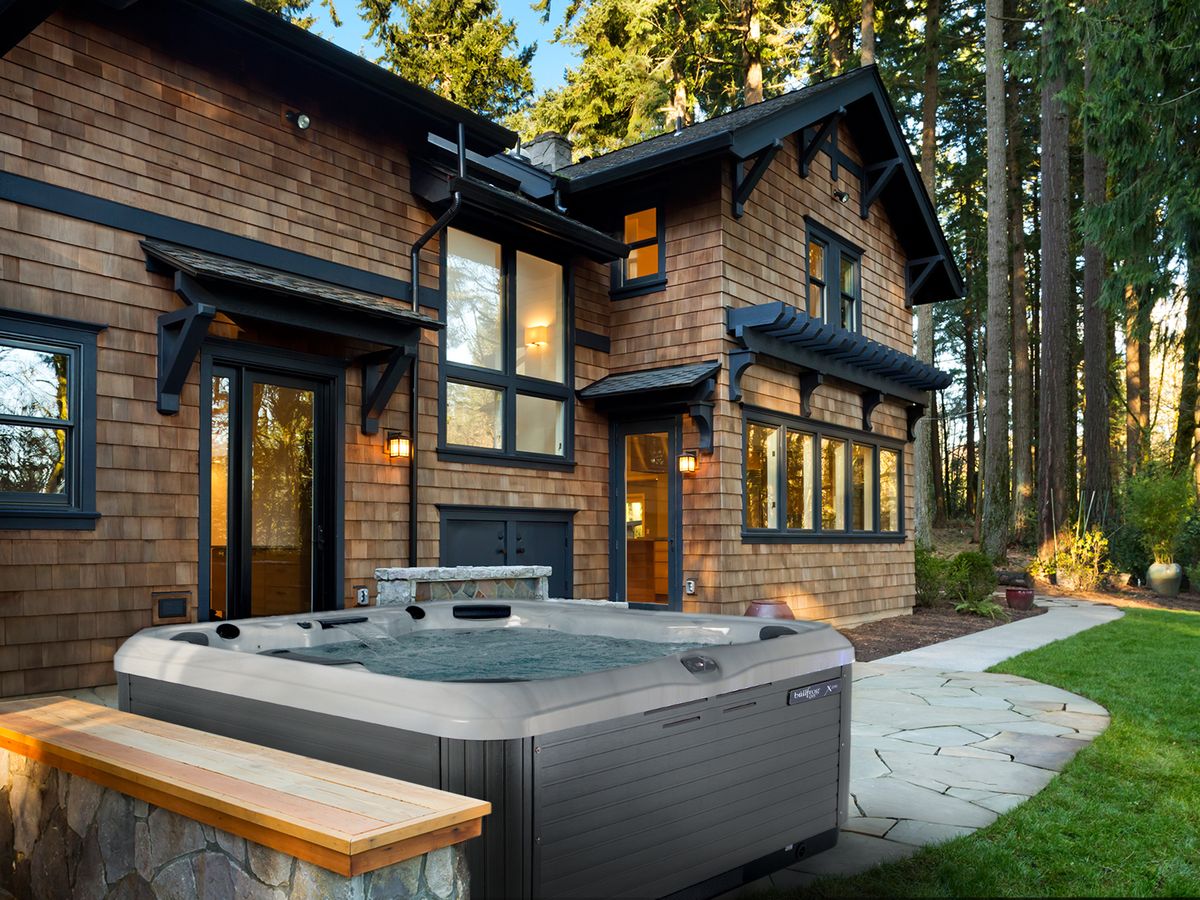
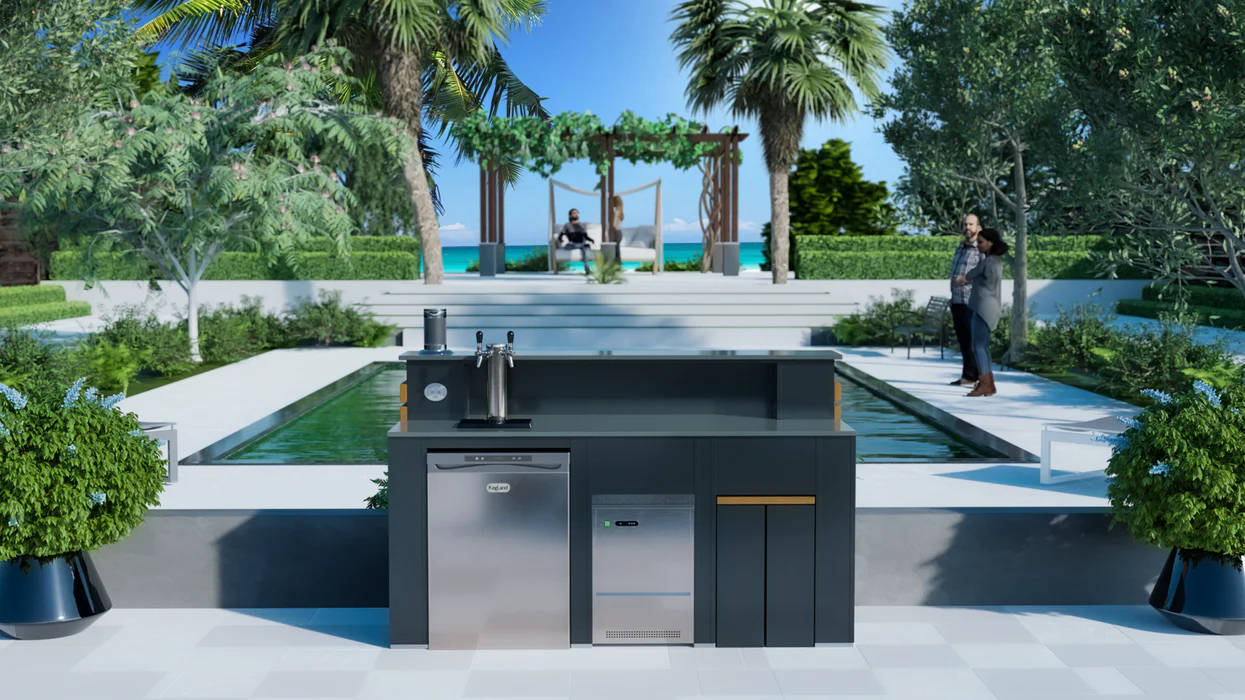
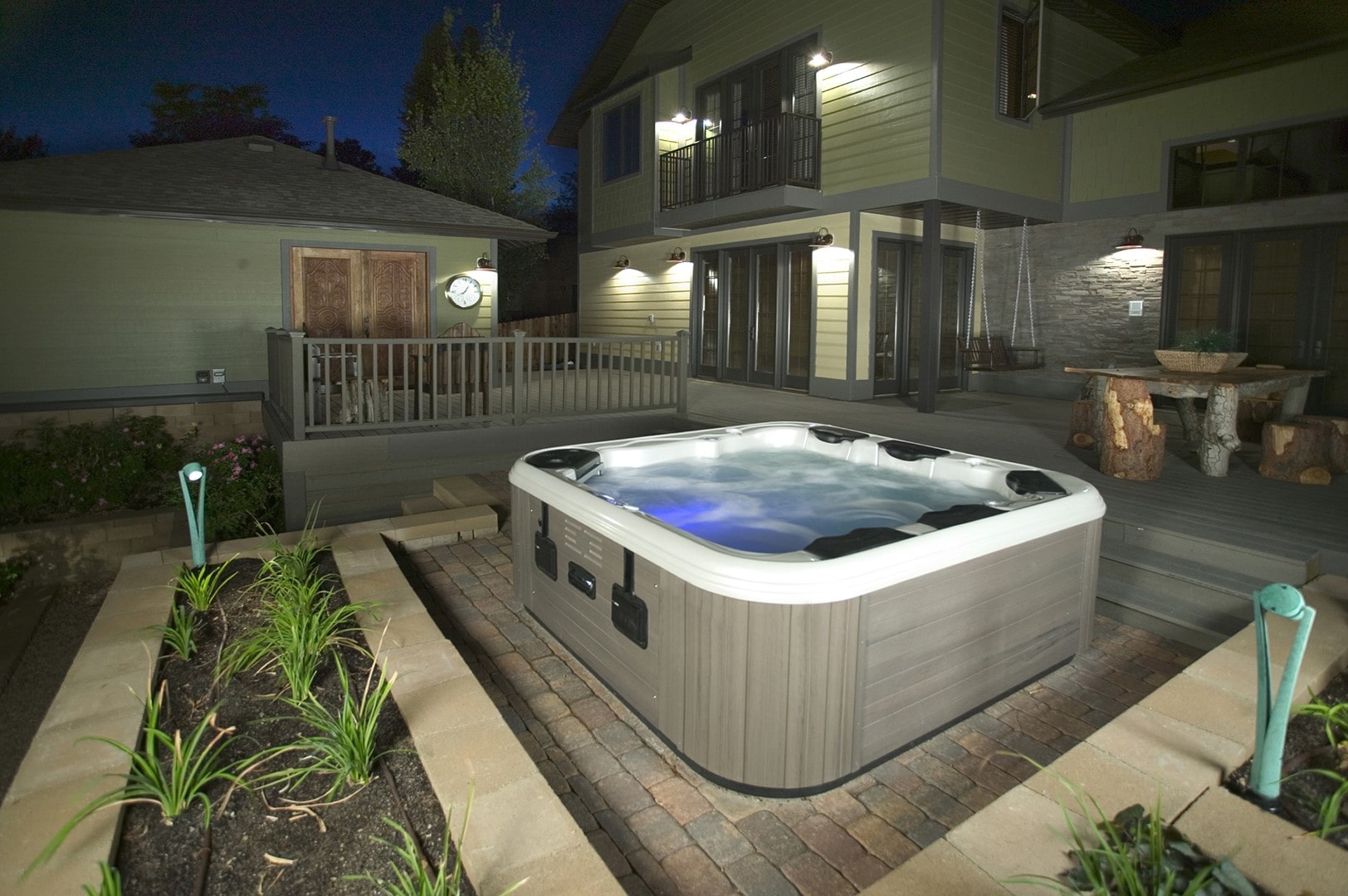
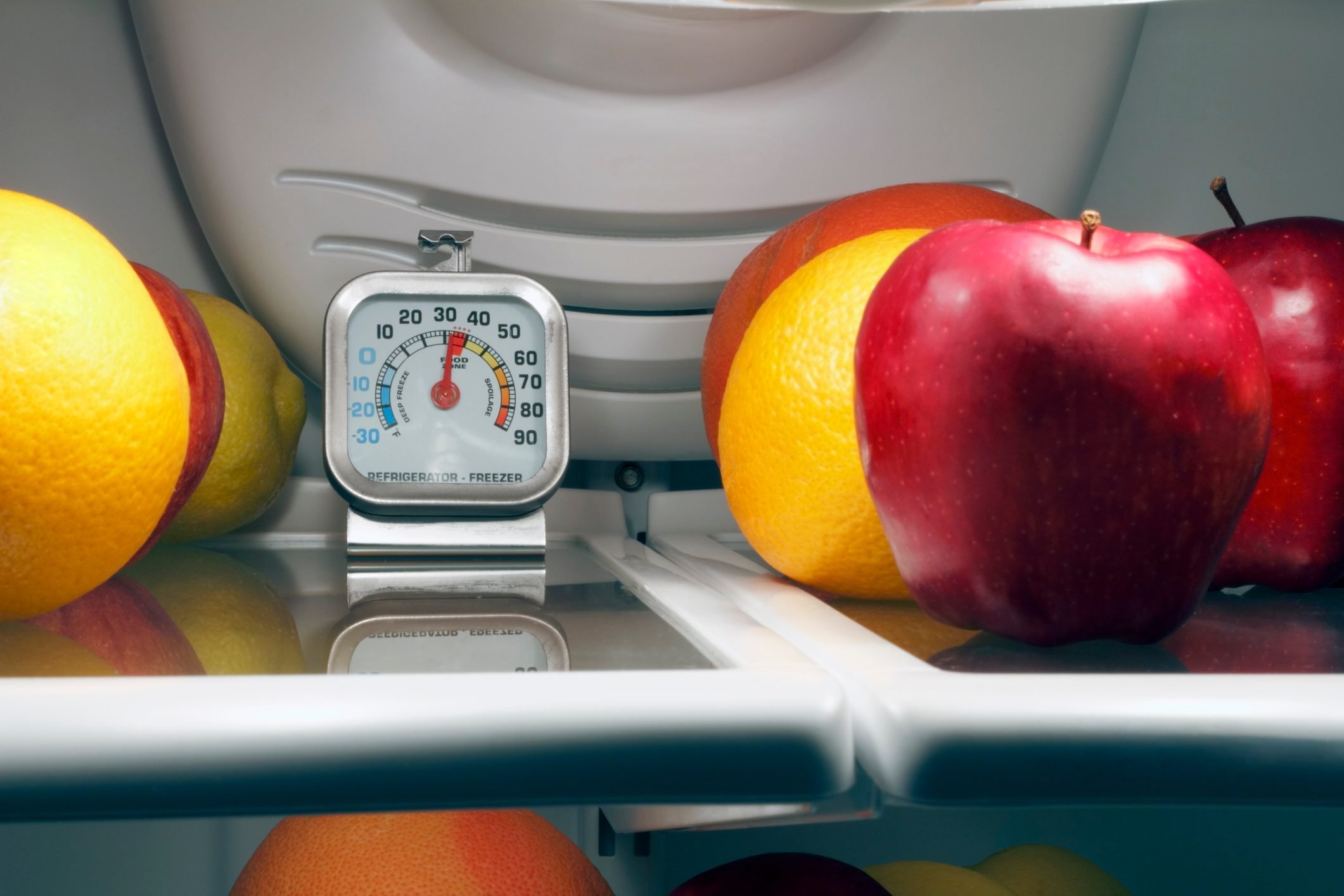

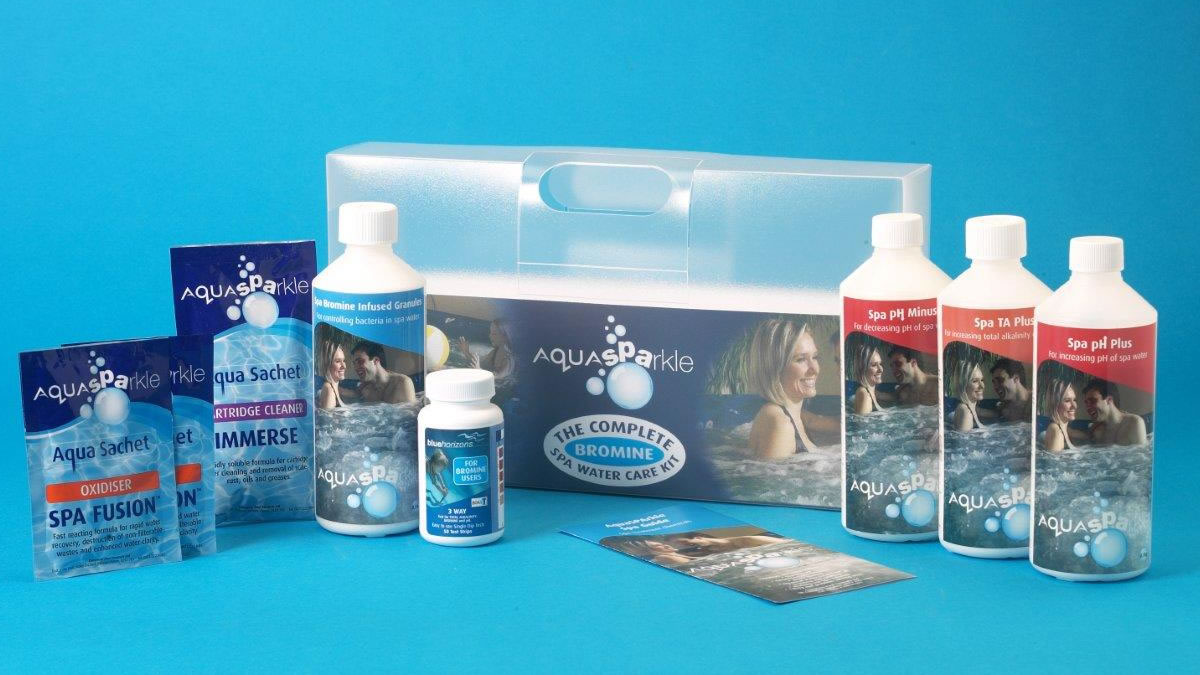
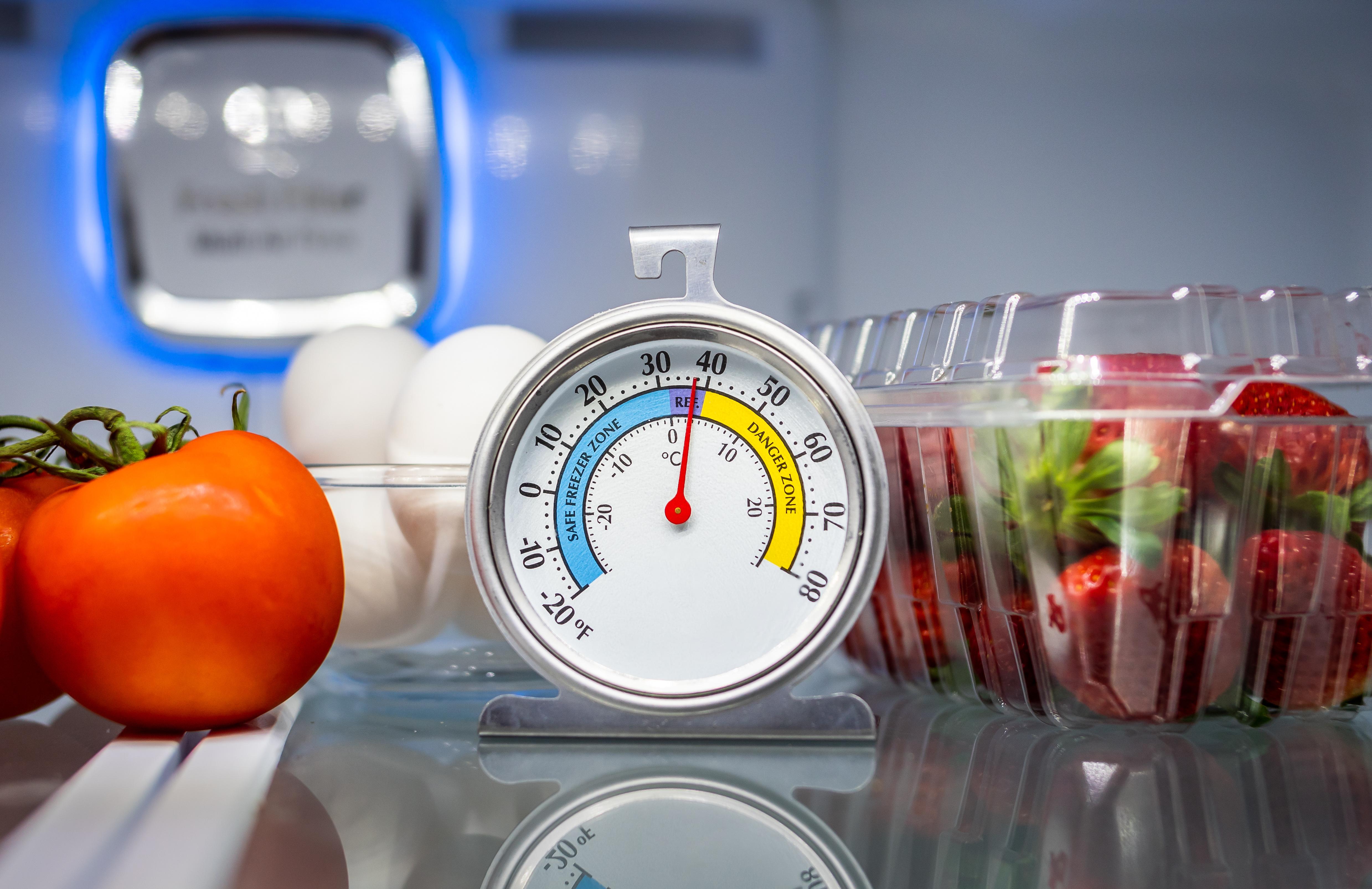
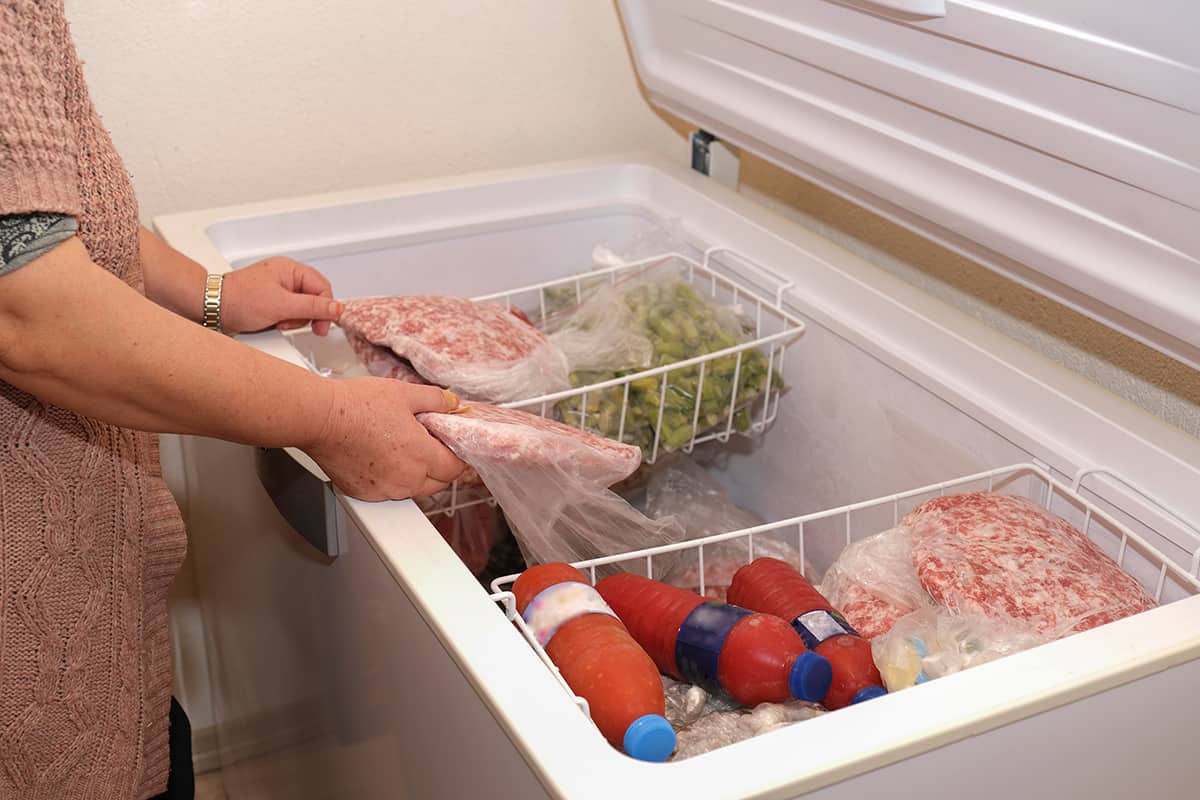
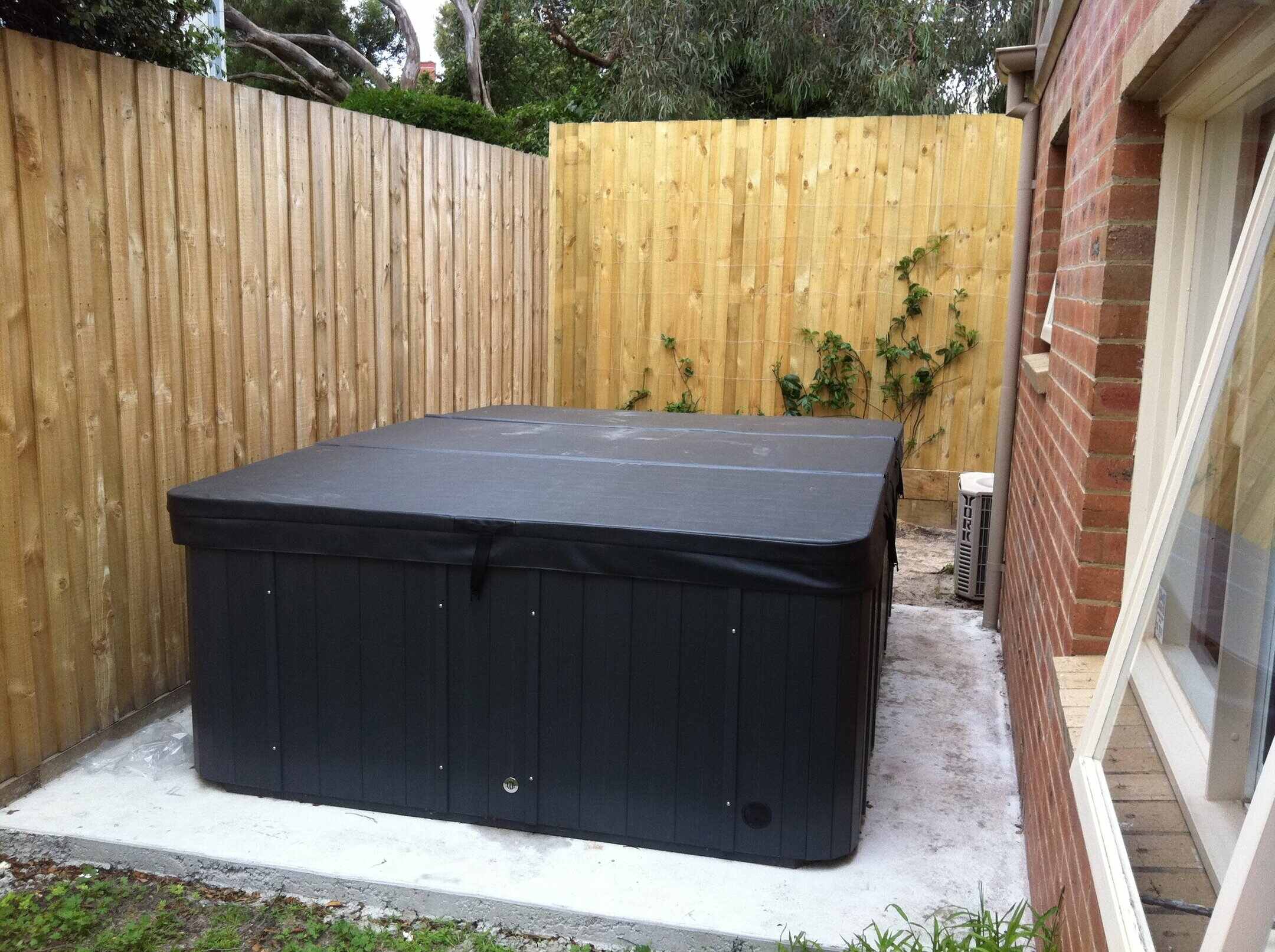
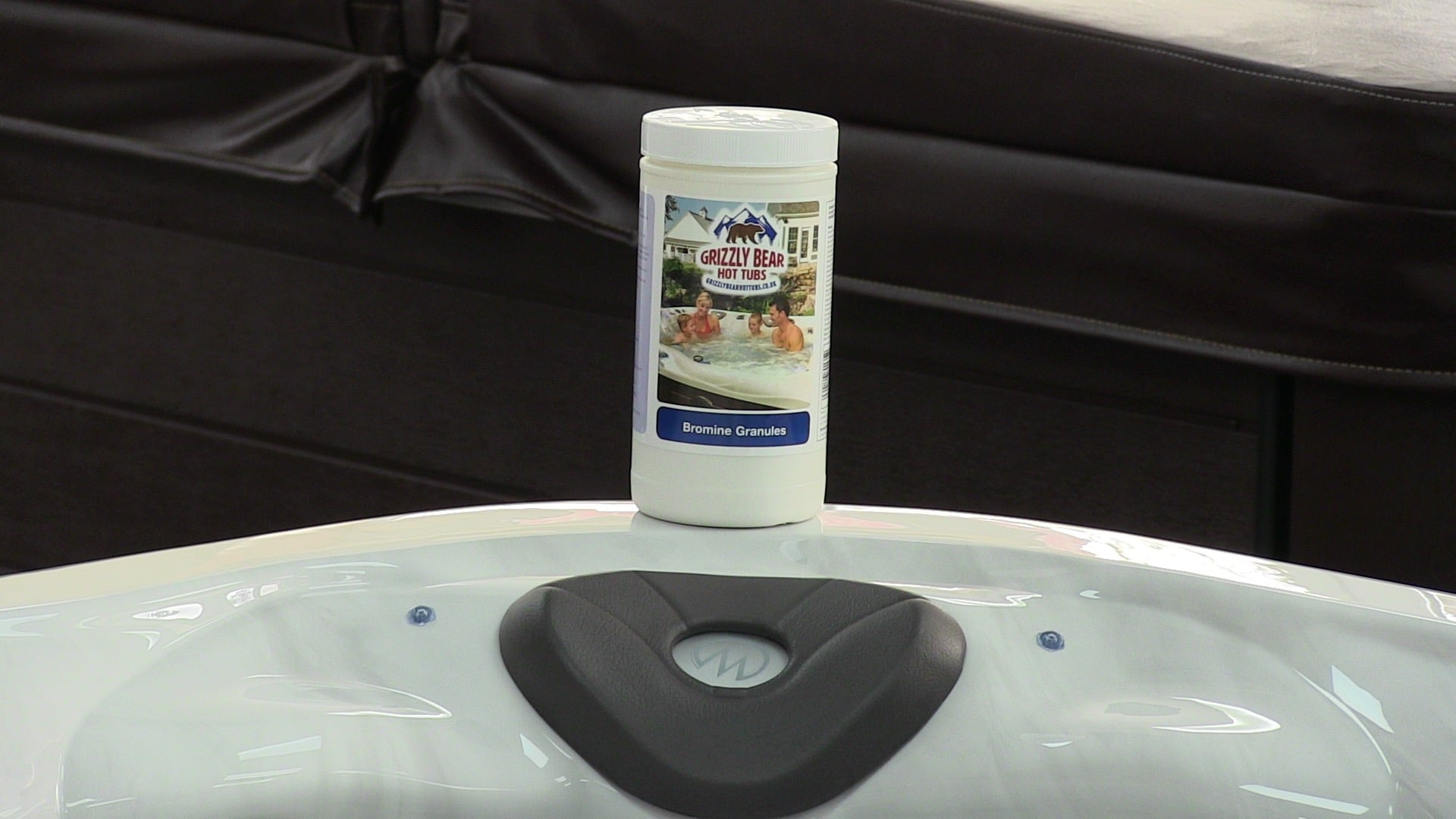
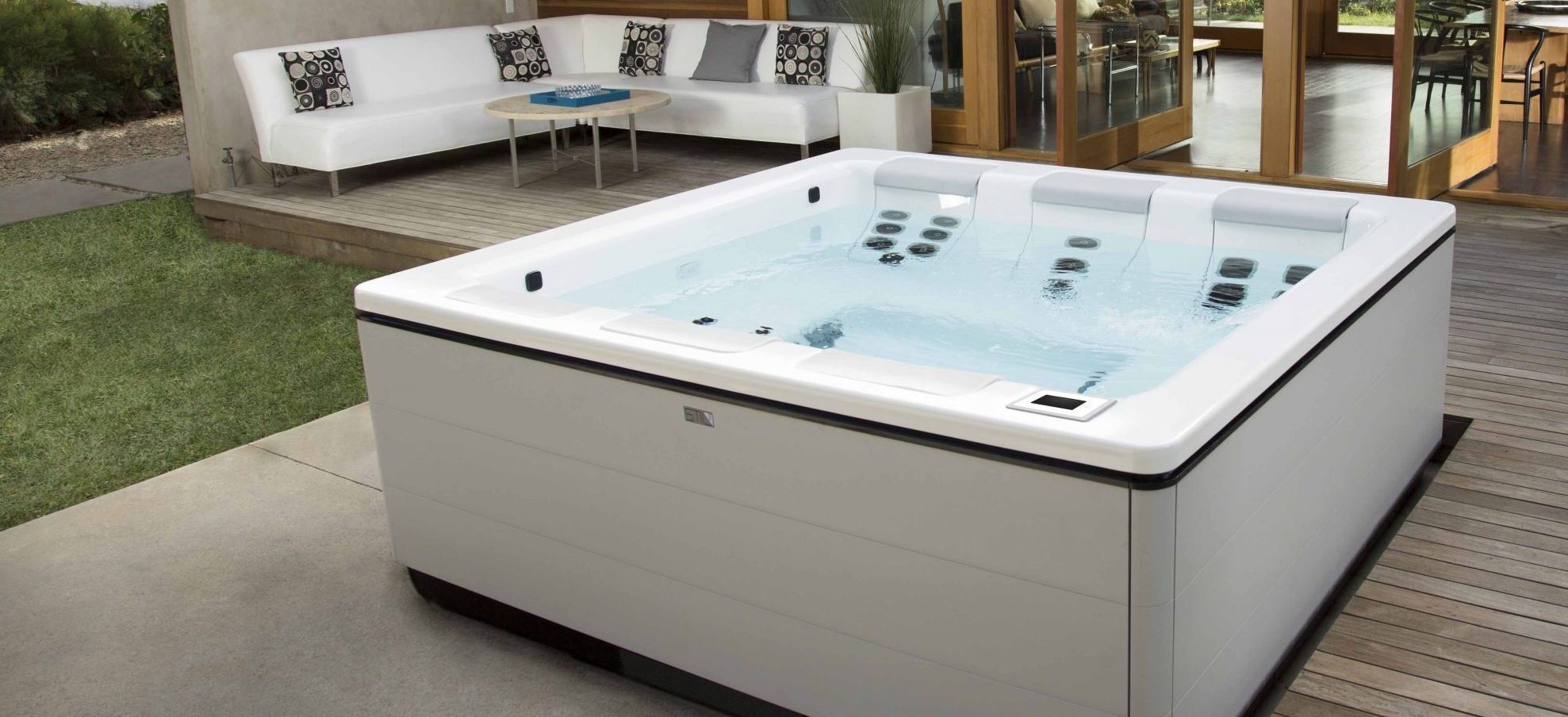
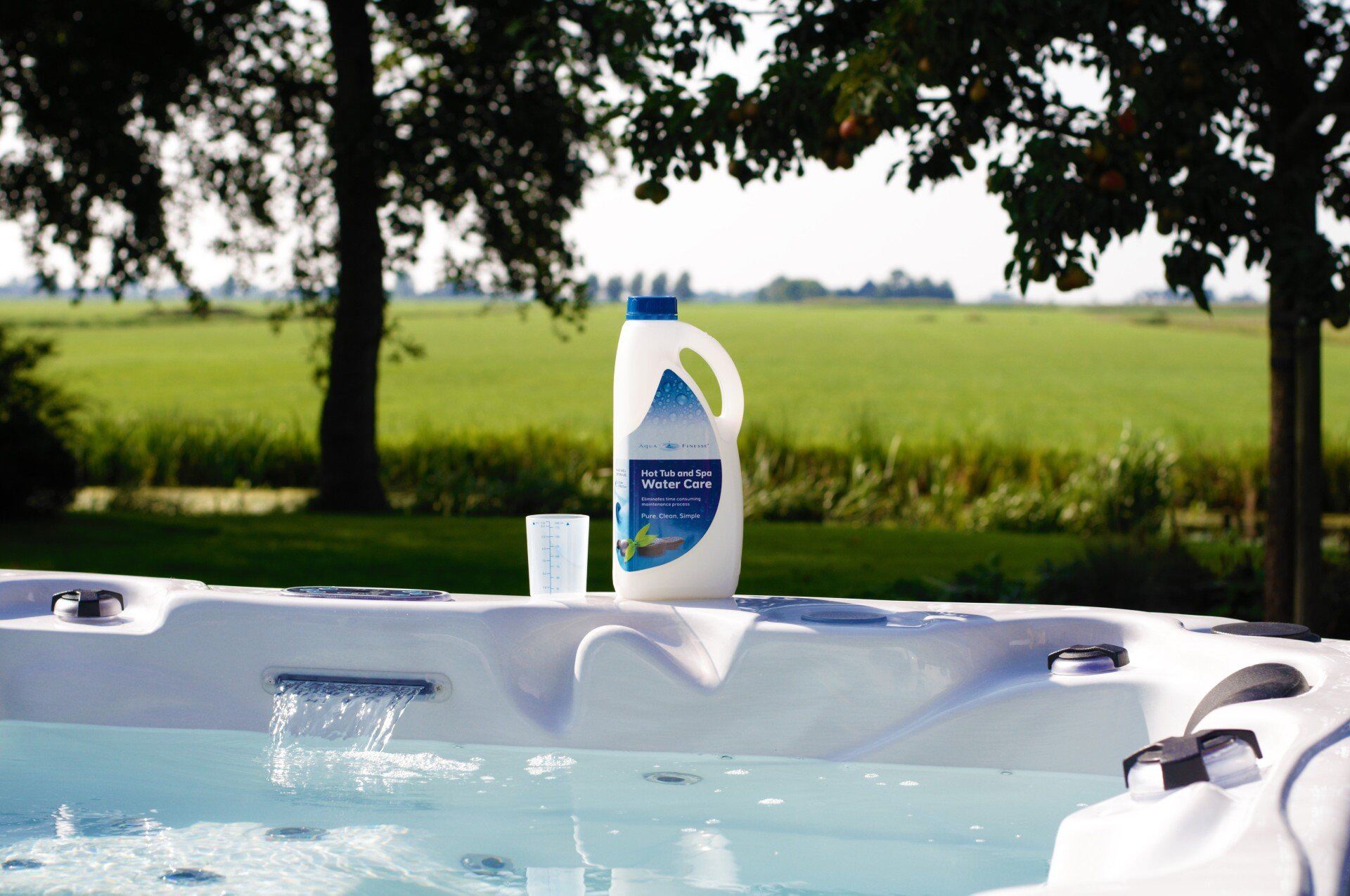
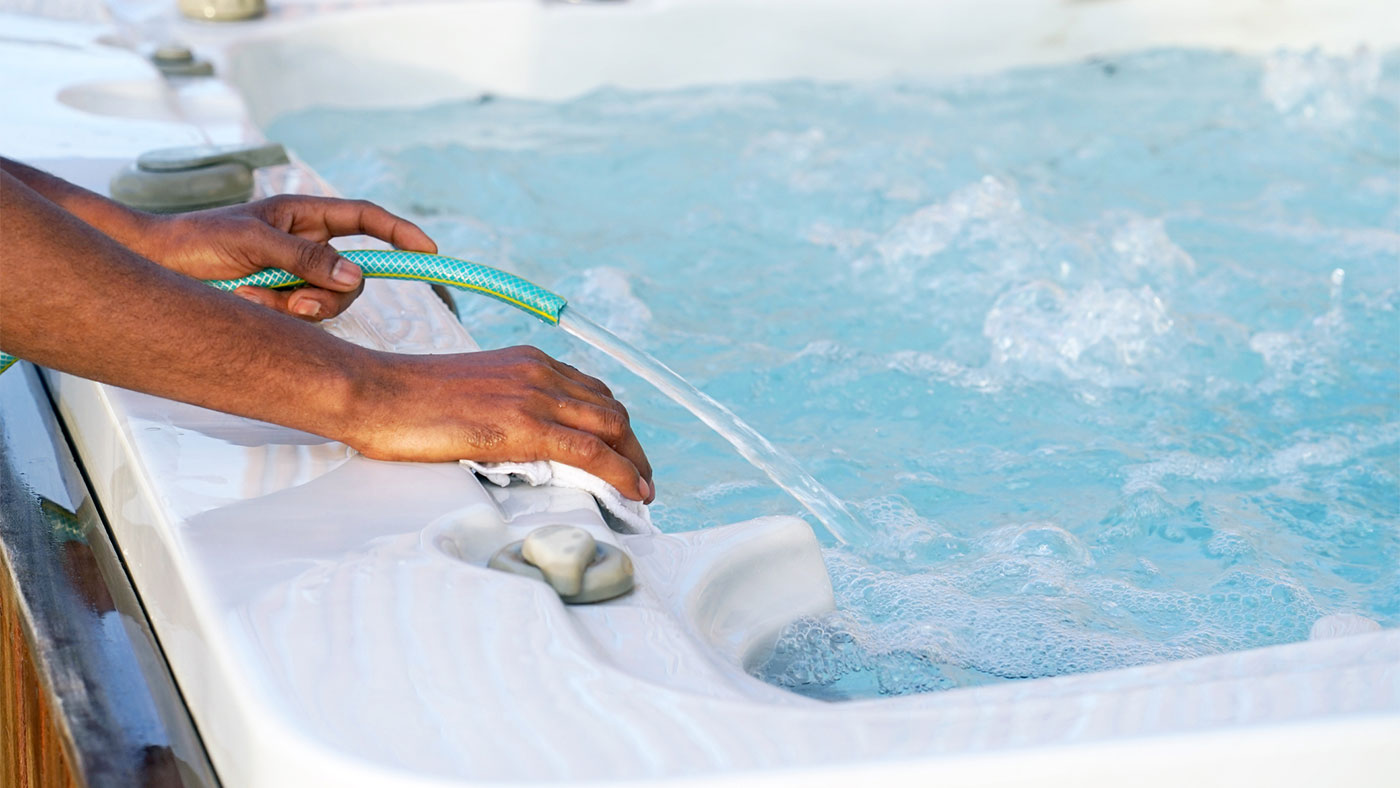
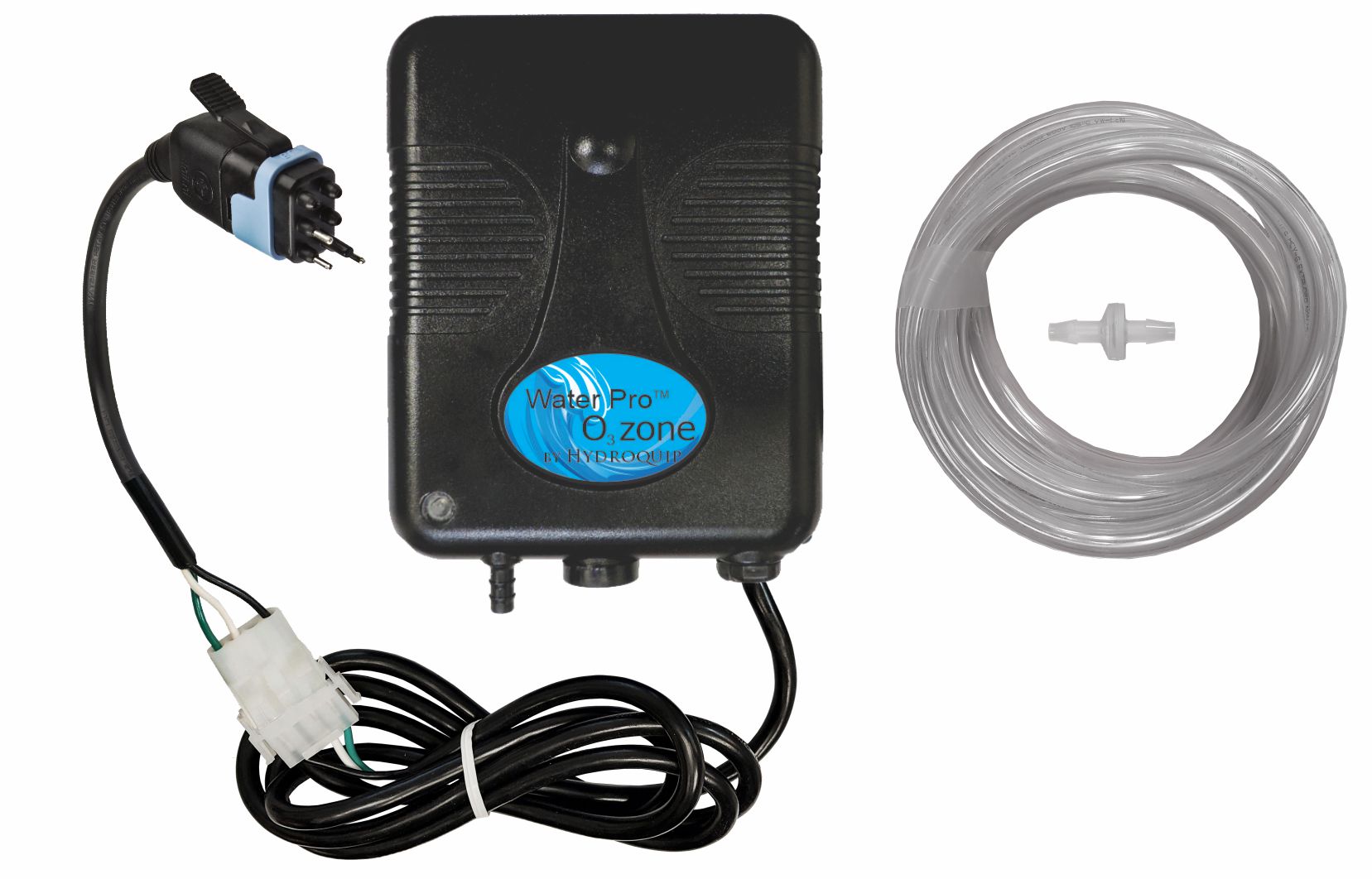
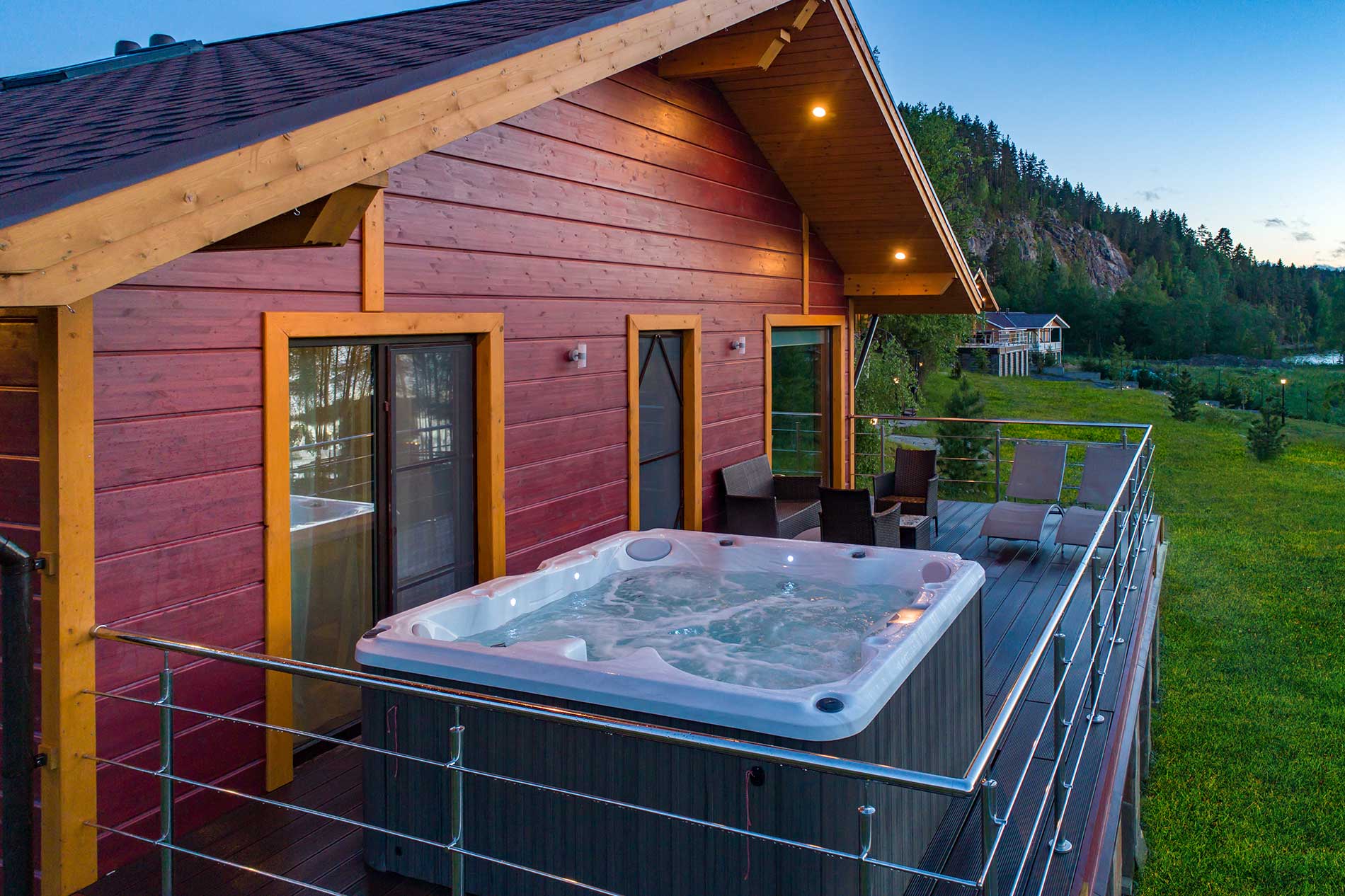

0 thoughts on “What Should The Temperature Of A Hot Tub Be”